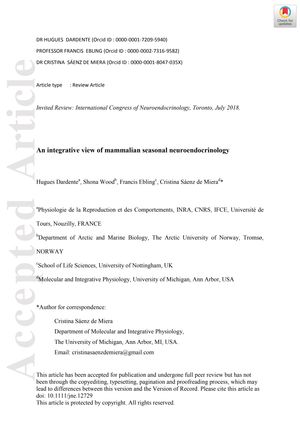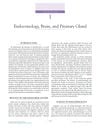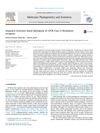An Integrative View of Mammalian Seasonal Neuroendocrinology
May 2019
in “
Journal of neuroendocrinology
”

TLDR The article concludes that better understanding gene regulation related to seasonal changes can offer insights into the mechanisms of seasonal timing in mammals.
The 2019 review article provides a comprehensive overview of the neuroendocrine mechanisms that regulate seasonal changes in mammals, such as reproduction, energy metabolism, and hair growth. It emphasizes the role of nocturnal melatonin secretion in regulating gene expression in the pars tuberalis, which affects prolactin secretion and the annual moult cycle, and the signaling to tanycytes in the hypothalamus, which influences local thyroid hormone availability. The review also discusses the importance of thyroid hormone in the medio-basal hypothalamus, the potential role of Kisspeptin and RFRP3 neuropeptides in seasonal breeding and metabolism, and the conserved molecular pathway involving TSH and TH across species. It identifies the need for further research on the downstream pathways from TH production to physiological seasonal outputs and the plasticity in neuroendocrine circuits downstream of photoperiod decoding. The document also explores the role of tanycytes in seasonal neuroendocrinology, their structural remodeling, gene expression, and potential as stem cells, as well as the complexity of neuroendocrine pathways that underpin fertility and energy balance. Additionally, it discusses the neuroendocrine mechanisms underlying seasonal changes in mammalian behavior, including the roles of POMC, VGF, somatostatin, Kisspeptin, and RFRP3 in regulating appetite and breeding cycles. The review concludes that understanding the regulation of genes involved in photoperiod decoding and circannual timing could provide insights into the nature and organization of seasonal timers.



